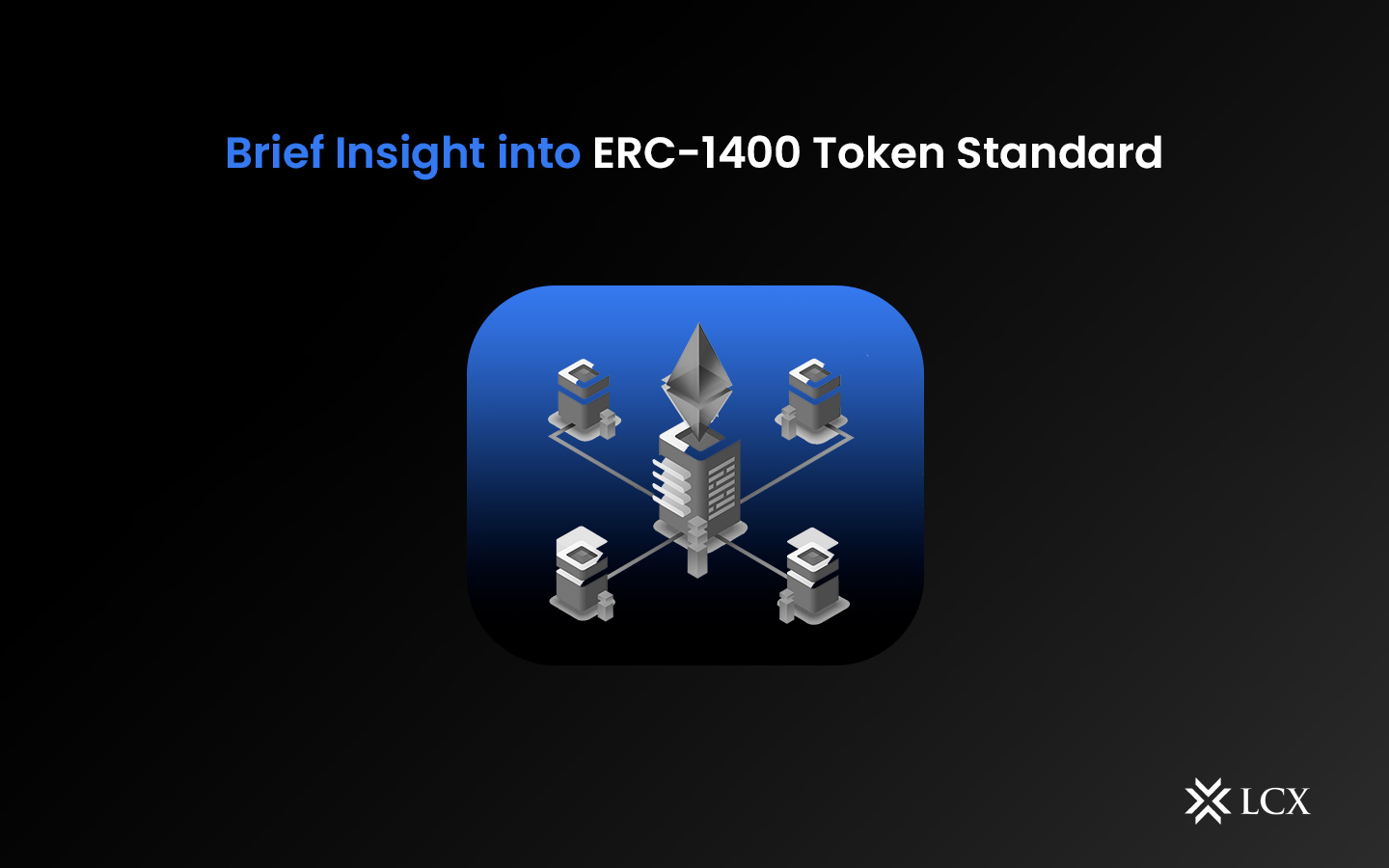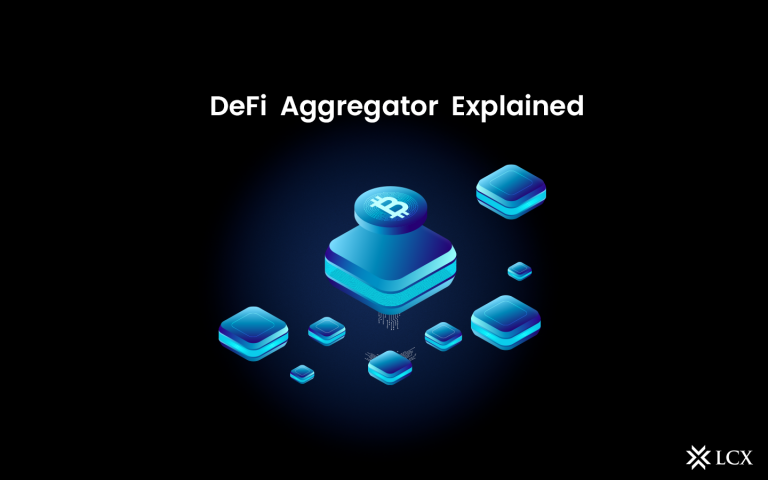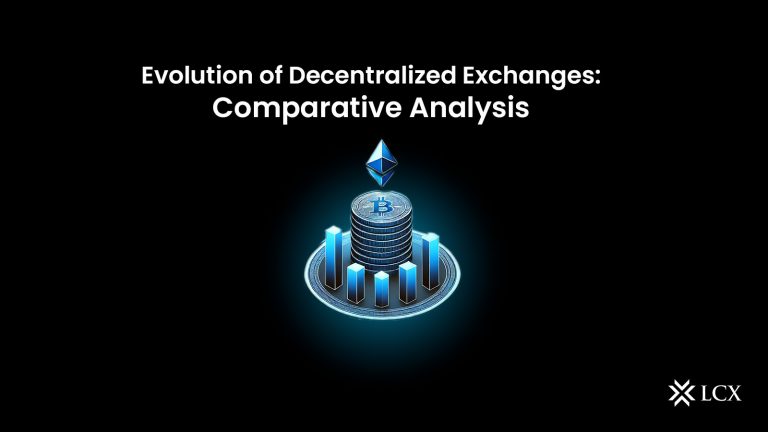Since the inception of cryptocurrencies, blockchain’s appeal has skyrocketed. The blockchain is a highly secure digital ledger that stores all digital information. Blockchain is an open and decentralized platform on which cryptocurrencies and tokens can be created and on which the data stored is highly immutable. These crypto tokens can be used for a variety of purposes, including crypto crowdfunding and payment processing.
Traditional financial markets have long been ripe for disruption, and blockchain technology has emerged as a transformative force in this regard. Security tokens, which represent ownership or assets, have the potential to revolutionize financial markets by making them more efficient, transparent, and accessible to a wider audience. However, to achieve this transformation, there is a need for standardized protocols that ensure security, compliance, and interoperability. This is where the ERC-1400 token standard comes into play.
Introduction to ERC Token Standards
In the crypto world, there are two primary types of digital assets: cryptocurrencies (coins) and tokens. Despite the fact that these terms are frequently used interchangeably, cryptocurrencies are the native assets of a blockchain (e.g. Ether), whereas tokens are assets constructed on top of the underlying blockchain (e.g. ANKR, USDC, UNI, and so on). Tokens on Ethereum can represent a variety of assets, such as financial instruments (e.g. fiat currency, securities, synthetic assets), physical assets (e.g. art, ownership of materials), and virtual properties (e.g. in-game attributes, virtual territory). To support a growing number of use cases, Ethereum employs Ethereum Request for Comments (ERCs) to standardize technical specifications and promote interoperability between projects.
Due to the decentralized nature of the blockchain, any developer of smart contracts can submit an Ethereum Improvement Proposal (EIP) to establish a new standard. Once a new ERC has been proposed, the Ethereum community evaluates it and solicits feedback before accepting and implementing it as a new standard. These standards enable developers to create smart contracts and applications that are compatible with existing crypto wallets, exchanges, and user interfaces.
Understanding ERC-1400: A Versatile Security Token Standard
This token standard is an Ethereum-based protocol designed specifically for security tokens. It builds upon the foundation of existing Ethereum token standards like ERC-20 and ERC-721, combining their best features to create a robust framework for security token issuance and management. The features of ERC-1400 are:
Composability
One of the standout features is its composability. It allows security token developers to combine various modules and features to create customized tokens that meet specific regulatory and business requirements. This flexibility makes it easier to adapt the standard to different jurisdictions and industries.
Compliance Features
ERC-1400 prioritizes compliance with securities regulations, a critical aspect of security tokens. It incorporates features that enable token issuers to enforce compliance rules, such as investor accreditation and transfer restrictions. This ensures that security tokens are issued and traded in accordance with legal requirements.
Interoperability
Interoperability is another key strength of ERC-1400. It is designed to work seamlessly with other Ethereum-based standards, such as ERC-20 and ERC-721. This interoperability facilitates the integration of security tokens into existing blockchain ecosystems, exchanges, and wallets, making them more accessible and liquid.
Granular Control
Token issuers using this token standard have granular control over their security tokens. They can define different classes of tokens, each with its own set of rules and properties. This level of control enables token issuers to manage various aspects, including voting rights, dividend distribution, and transfer restrictions.
Benefits of ERC-1400 Token Standard
The adoption of this token standard offers a multitude of benefits for token issuers, investors, and the broader blockchain ecosystem.
Regulatory Compliance
In an era where regulatory scrutiny is increasing, it provides a clear path to compliance. Token issuers can configure their security tokens to adhere to specific regulatory requirements, ensuring that they are issued and traded legally.
Enhanced Security
Security is paramount in the world of security tokens. It incorporates security features that protect tokens from unauthorized access and fraud. This includes the ability to freeze or revoke tokens in case of security breaches.
Increased Liquidity
The interoperability of ERC-1400 tokens allows for easy integration with existing exchanges and wallets. This leads to increased liquidity, making it easier for investors to buy and sell security tokens.
Token Customization
ERC-1400’s composability feature enables token issuers to tailor security tokens to their specific needs. Whether it’s defining different token classes or creating unique transfer restrictions, this customization empowers issuers to align their tokens with their business objectives.
Reduced Costs
By automating compliance and streamlining the issuance process, ERC-1400 can significantly reduce administrative and legal costs associated with security token offerings (STOs).
Conclusion
In summary, the ERC-1400 token standard stands as a promising development in the world of blockchain-based securities. Its composability, compliance features, interoperability, granular control, and the many benefits it offers make it a valuable tool for token issuers and investors looking to navigate the world of security tokens. As blockchain technology continues to reshape the financial industry, ERC-1400 is poised to be a key driver of innovation and change, ultimately leading to a more accessible and compliant global securities market.










